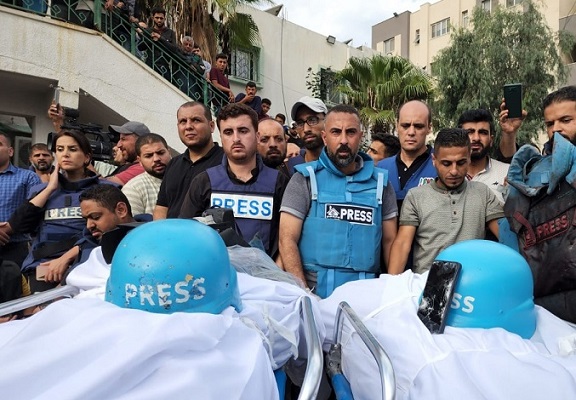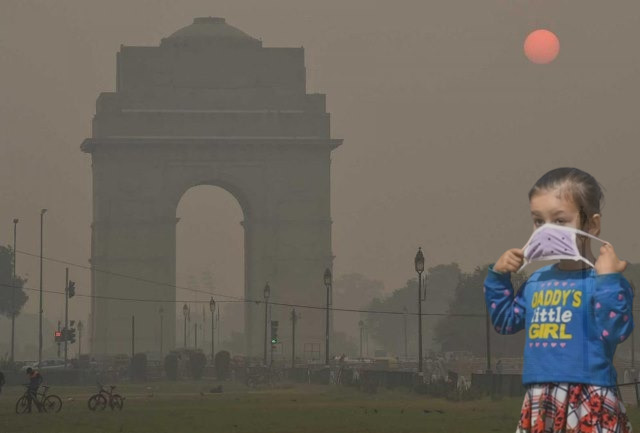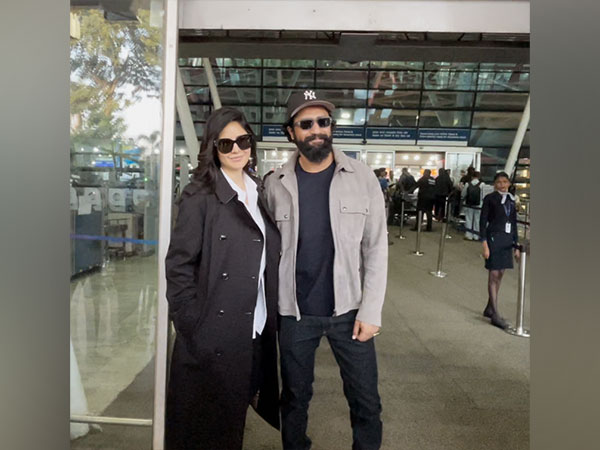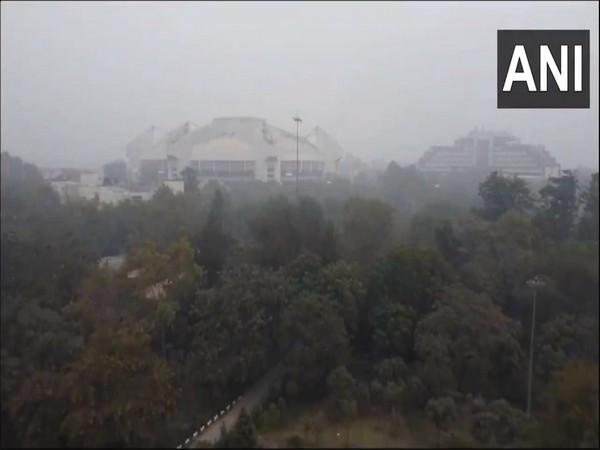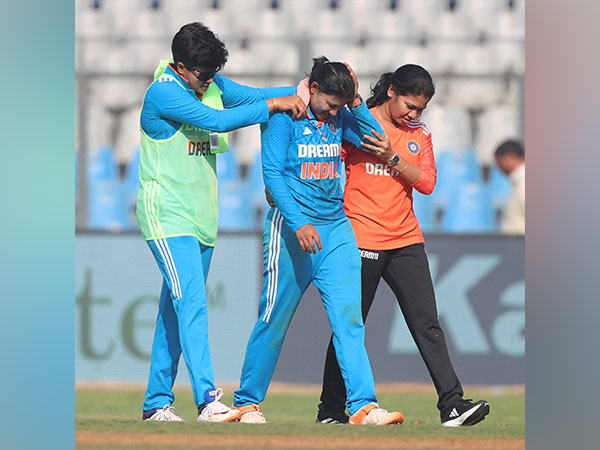Benjamin Netanyahu quoted the ‘Old Testament’ in late October this year, to evoke a bloody revenge spectacle from the mythical Biblical times, as he bombed Gaza, with thousands of dead bodies of Palestinians buried in the rubble, including children: “You must remember what Amalek has done to you, says our Holy Bible. (1 Samuel 15:3) ‘Now go and smite Amalek, and utterly destroy all that they have, and spare them not; but slay both man and woman, infant and suckling, ox and sheep, camel and ass’.”
Unrepentant and hardline Zionists are now saying that killing of children is important because you nip the enemy in the bud. One expert on Israeli TV was heard, expressing unabashed glee, saying that he cannot sleep if there is no bombing in Gaza. Another said, what is wrong with war crimes? War crimes are necessary, it must be done!
It’s like certain Israelis, in the earlier conflicts, would have a picnic: sitting in a garden on an elevated place and watching the killings and ‘fireworks’ in the Palestinian areas. Similar to Nazi officers organizing a massacre, and, then, taking a break — happily going for a picnic with their wives, kids and friends on a week-end, or celebrating outside a concentration camp, with Jewish slaves as attendants.
Undoubtedly, this abjectly extremist, pathologically perverse, racist and supremacist Right-wing regime which controls Tel Aviv these days, is replicating exactly the Nazi model. It’s that there are no concentration camps, gas chambers, no trains jam-packed with Jews being taken to the slaughter houses in Aushwitz or Krakow, etc. There is no Warsaw Ghetto where the Nazis isolated 400 to 500,000 Jews, starving them, blocking their water and electricity, turning them into sick and emaciated creatures, before transporting them to the gas chambers and labour/death camps.
Gaza looks like the Warsaw Ghetto now, and it also reminds of Hiroshima and Nagasaki – following the Amlekites theory from the Biblical times. If this is not mindless madness enacted by mass murderers and backed by Joe Biden and the West, then what is? The Jews were then branded as pests, carriers of epidemics, dirty, filthy, sub-humans, animals, cockroaches and rats, selfish and self-seeking, a curse on society, untouchables and outcastes, not fit to walk on the same roads, or use the same transport, or, share the same space as the Germans.
Something is really wrong with this rogue State. A new clipping of famous Palestinian social scientist Edward Said, when he was young, has emerged; years ago, Netanyahu refused to share the same space with him in a TV programme because he apparently believed that the professor would murder him! Said had no such phobia.
Now, Netanyahu is using a myth to organize a relentless genocide, outside all international law, amidst mass hunger, amputated bodies, including that of severely wounded children, disease, thirst, hunger, dying and death, while the Palestinians are branded exactly in the same manner as what the Nazis did to the Jews! Clearly, in the warped and sick mindset of the Israeli regime and its followers, all Palestinians should be eliminated, especially women and children, so that no child is ever born in this ‘holy land’. Thereby, and after having already occupied the West Bank, they can now construct a Grand Zionist State with nuclear power in the whole of Palestine, including Gaza. Backed by American and Western powers, whose hearts bleed for the killings of innocents by Putin’s army in Ukraine.
Hence, every day, more and more grotesque stories are emerging from Gaza. The latest, unconfirmed news is that 80 bodies returned by the notorious Israeli Defense Force (IDF) had their organs stolen. If true, how is it different from the Nazis taking the body organs of the Jews, including the skin of children, hair and gold-teeth, in the concentration camps?
There are reports coming of targeted killings – execution style. Al Jazeera reported that bodies of new-borns, children and women were found piled up in the Shadia Abu Ghazala school in northern Gaza, with people reporting that they had been shot at point-blank range. Witnesses said the civilians were killed — execution-style — by Israeli soldiers.
Shoot before you ask. That is how IDF killed three bare-chested Israeli hostages, one holding a white flag on December 15. All of them in their 20s.
Meanwhile, amidst a litany of horror stories, scores of Palestinians, stripped, were lined up in a stadium, or filled like poultry chicken in a truck. Video footage showed Israeli soldiers, on tanks, pointing their guns at them. Were they tortured? Were they killed – execution style? War crimes – who cares, certainly not Joe Biden and Rishi Sunak!
At least 4,000 students, 300 medics, 136 United Nations staff and 90 journalists have been reportedly killed; journalists have been killed to block all news of the on-going genocide, even while others continue to report from the ground, including young women journalists with children.
Samer Abudaqa, a cameraman for ‘Al Jazeera Arabic’, was killed while reporting at Farhana School in Khan Younis. He was clearly targeted. His colleague, Al Jazeera Arabic correspondent Wael Dahdouh, who lost his family earlier, was wounded. Journalists in Gaza are carrying a “human and noble message” for the world amid the continuing war and will continue to work despite Israeli attacks, Dahdouh said in his eulogy. “We will continue to do our duty with professionalism and transparency,” he said, as mourners and journalists around him wept.
Tears flowed from his eyes too when Dahdouh had lost everything in his life. He had moved away from the cameras of fellow journalists at the Al-Aqsa Martyrs Hospital after his wife, son, daughter and grandson had been killed in an Israeli air raid.
Take the case of a famous poet, as popular in the West for his sensitive poetry as in the Middle-East — Refaat Alareer. He had told CNN earlier that he and his family had no choice but to remain in the north, because they “have nowhere else to go”. He had said: “It’s an archetypal Palestinian image of a discussion, a debate on should we stay in one room, so if we die, we die together, or should we stay in separate rooms, so at least somebody can live?”
A professor of comparative literature at the Islamic University of Gaza, Alareer also taught ‘Creative Writing’ and was a mentor to young Palestinian writers, inspiring them to write stories about their occupied homeland. On December 7, Alareer was murdered by a targeted attack in Shajaiya, in northern Gaza, where he had taken refuge. He was staying with his brother, sister, her four children — all of them were killed.
Alareer had edited ‘Gaza Writes Back’, a collection of short stories by young writers, he was co-editor of ‘Gaza Unsilenced’, a collection of essays, photos and poetry, and he also contributed to ‘Light in Gaza: Writings Born of Fire,’ an anthology published in 2022. He had studied at University College and SOAS in London. His death created outrage from London to New York. His last poem, became viral. As a tribute, across the world, mourners carried white kites in his memory, and in protest.
In this poem, ‘If I must die’, he wrote:
If I must die,
you must live
to tell my story
to sell my things
to buy a piece of cloth
and some strings,
(make it white with a long tail)
so that a child, somewhere in Gaza
while looking heaven in the eye
awaiting his dad who left in a blaze—
and bid no one farewell
not even to his flesh
not even to himself—
sees the kite, my kite you made, flying up
above
and thinks for a moment an angel is there
bringing back love…
For more details visit us: https://lokmarg.com/
